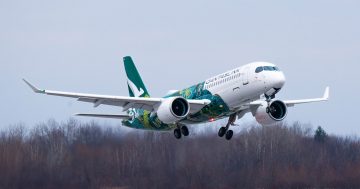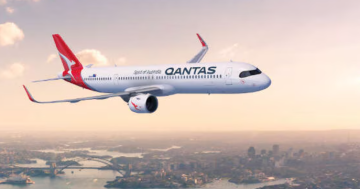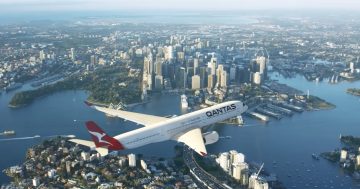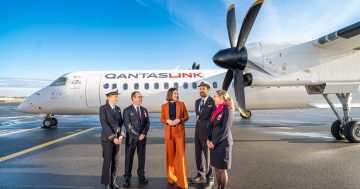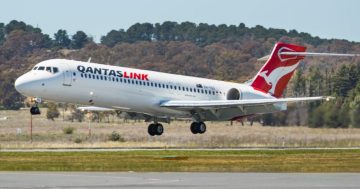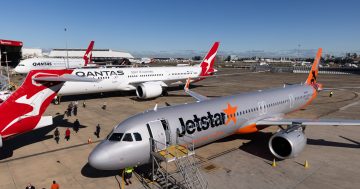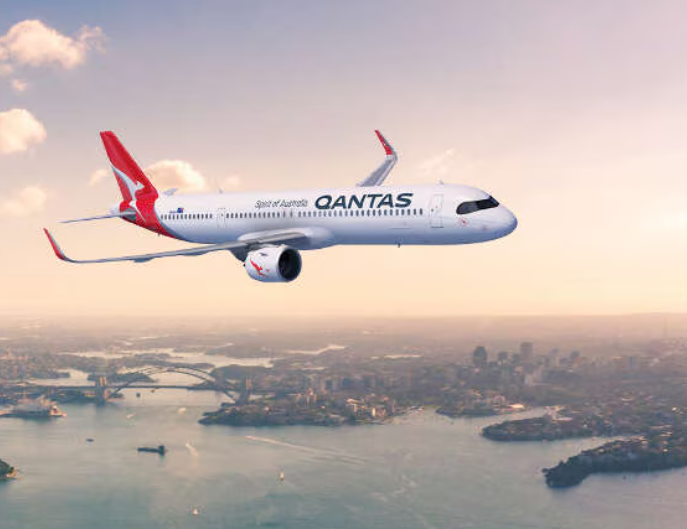
Concept art of the Qantas A321XLR. Image: Qantas.
Qantas has outlined the introduction of its new Airbus A321XLR passenger aircraft into service from next year.
The A32o family of airliners will be familiar to Australian travellers. The original A320, which served with Ansett in the 1990s, has been a staple of low-cost carrier Jetstar’s fleet ever since that airline was founded in 2004 and for Air New Zealand on its trans-Tasman routes.
But Airbus hasn’t stood still on its A320 family, releasing the new engine option (neo) range in 2016. With larger diameter PW1100G-JM geared turbofan engines, the neo range uses between 15 and 20 per cent less fuel and is much quieter than the original series.
The A321 features a fuselage stretch over the shorter A320 allowing it to accommodate up to 236 passengers in a single class layout. Subsequent upgrades include the A321neo and longer range derivatives in the A321LR and now the A321XLR, both of which feature additional fuel tanks in the extended fuselage.
Qantas has ordered 28 A321XLRs as part of its replacement program for the venerable 168-seat Boeing 737-800 which has been in service since the mid-1990s.
But, like the new Airbus A220 QantasLink is currently introducing to replace the Boeing 717, the A321XLR will be far more than a one-for-one replacement for the 737-800. Its larger seating capacity and 8700km range will allow Qantas to open up more routes considered inefficient for much larger A330s or 787s.
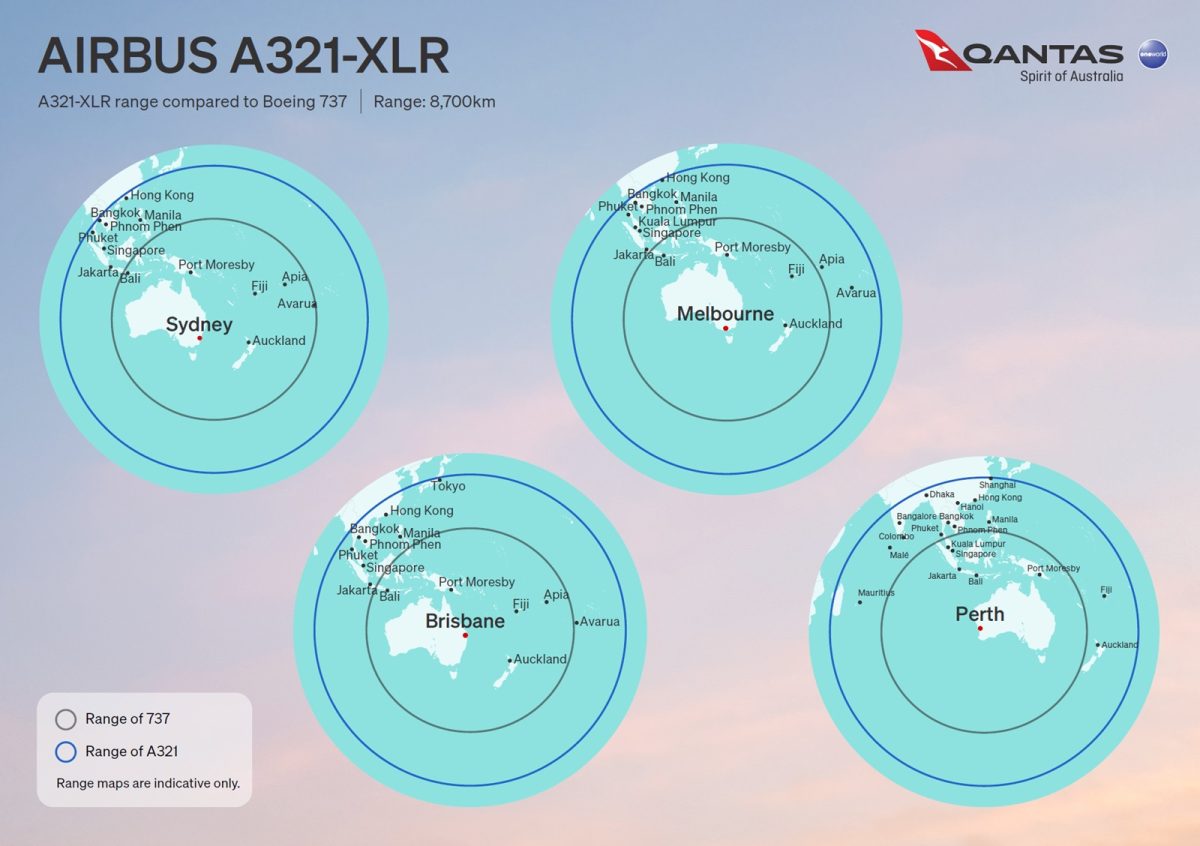
Indicative range circles of the A321XLR compared to the 737-800 show the number of possible routes the new aircraft could open up for the airline. Image: Qantas.
The XLR’s range means the airline can now fly direct from Perth to New Zealand, or from Sydney, Canberra or Melbourne to more destinations in the Pacific or Southeast Asia.
In July, Chief Minister Andrew Barr raised the prospect of the aircraft operating a direct service from Canberra into Asia, telling a tourism announcement gathering it was the strongest signal yet that Qantas might launch a new international route from the national capital.
The six-abreast cabins on the new aircraft will be familiar to Qantas passengers. Noted industry journal Runway Girl Network suggests they will have the same Recaro R5 seats as used on the five-abreast A220 with familiar wine-coloured leather in business and woven grey fabrics in economy.
The aircraft will be configured comfortably for 197 passengers including 20 business class in a four-abreast premium cabin and 177 economy class seats.
There will be no in-seat video screens. Instead, seatback device holders and USB A + C power ports will be available in every seat. Free Wi-Fi or the Qantas Entertainment App will be available to all passengers for their personal devices.
The windows of the A320XLR are larger than those on the 737 and the overhead cabin bins provide 60 per cent greater capacity.
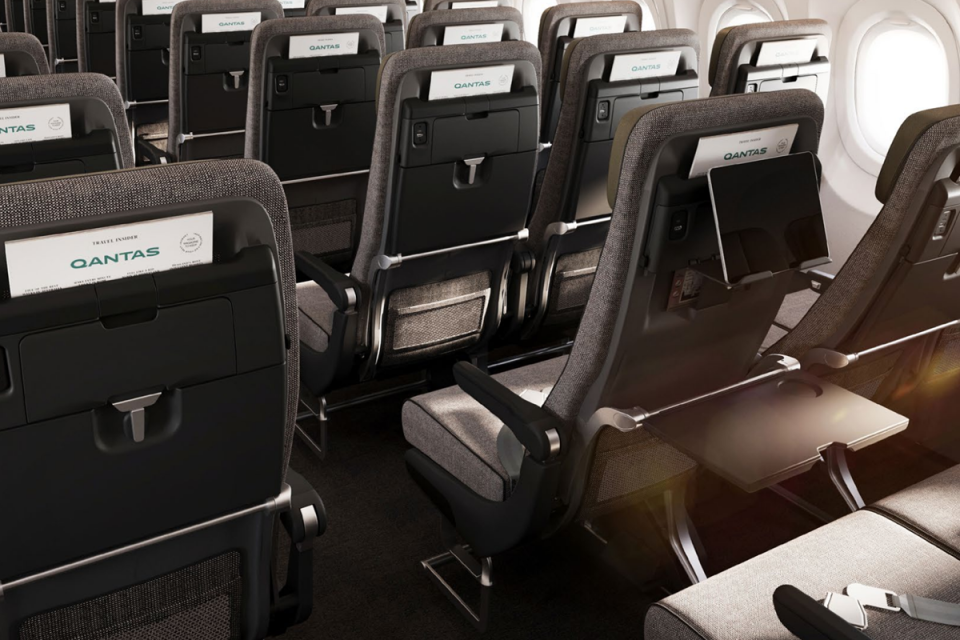
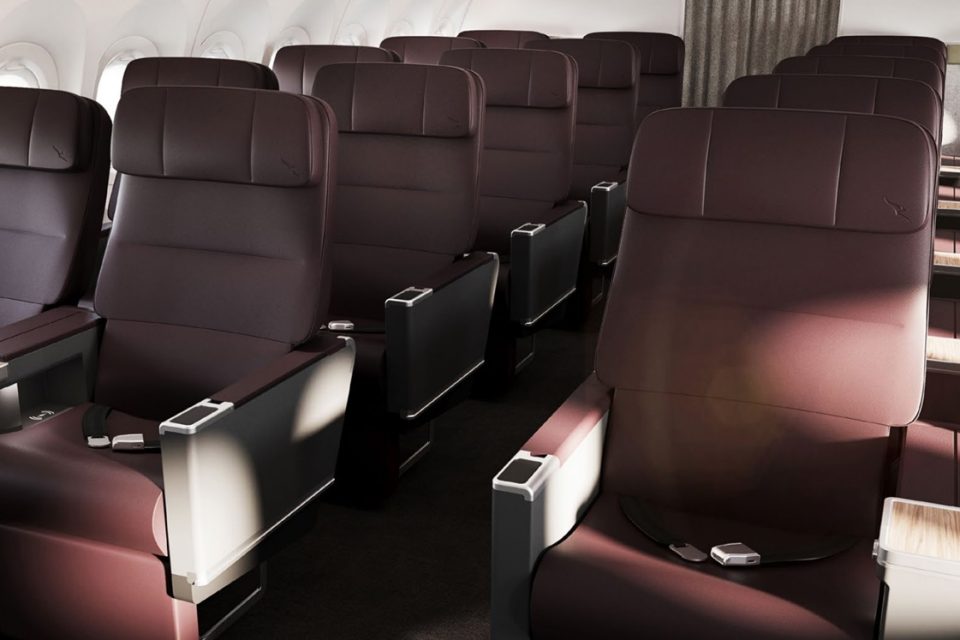
The first group of Qantas A321XLR pilots is currently undergoing training in Montreal, Canada before the first simulators arrive in Australia for local training later this year. The airline expects to train 240 pilots on the A321 over the next three years, while 2000 cabin crew will also be qualified to operate the aircraft.
Qantas Group CEO Vanessa Hudson said the arrival of the A321XLR represented significant opportunities for employees and customers.
“Qantas will be one of the first airlines in the world to operate the A321XLR and, ahead of the arrival of our first aircraft next year, we’ve started pilot training and finalised the details of the customer experience,” she said.
“Nearly half of all the customers Qantas carries each year travel on our 737 fleet, so the A321XLR aircraft that we’ve ordered to replace them will be incredibly important for our future.
“New aircraft mean more jobs, training and promotion opportunities for our people and we’ll be training more than 240 pilots on the new aircraft over the next three years.”
She said the A321XLR was a fantastic part of Qantas’ next generation fleet.
“Its range and versatility will give us the opportunity to explore more non-stop routes and operate them cost effectively.
“The QantasLink A220s and the Jetstar A320neo family already received as part of our group fleet renewal program are providing major improvements in running cost, network flexibility, passenger comfort and emissions.”













